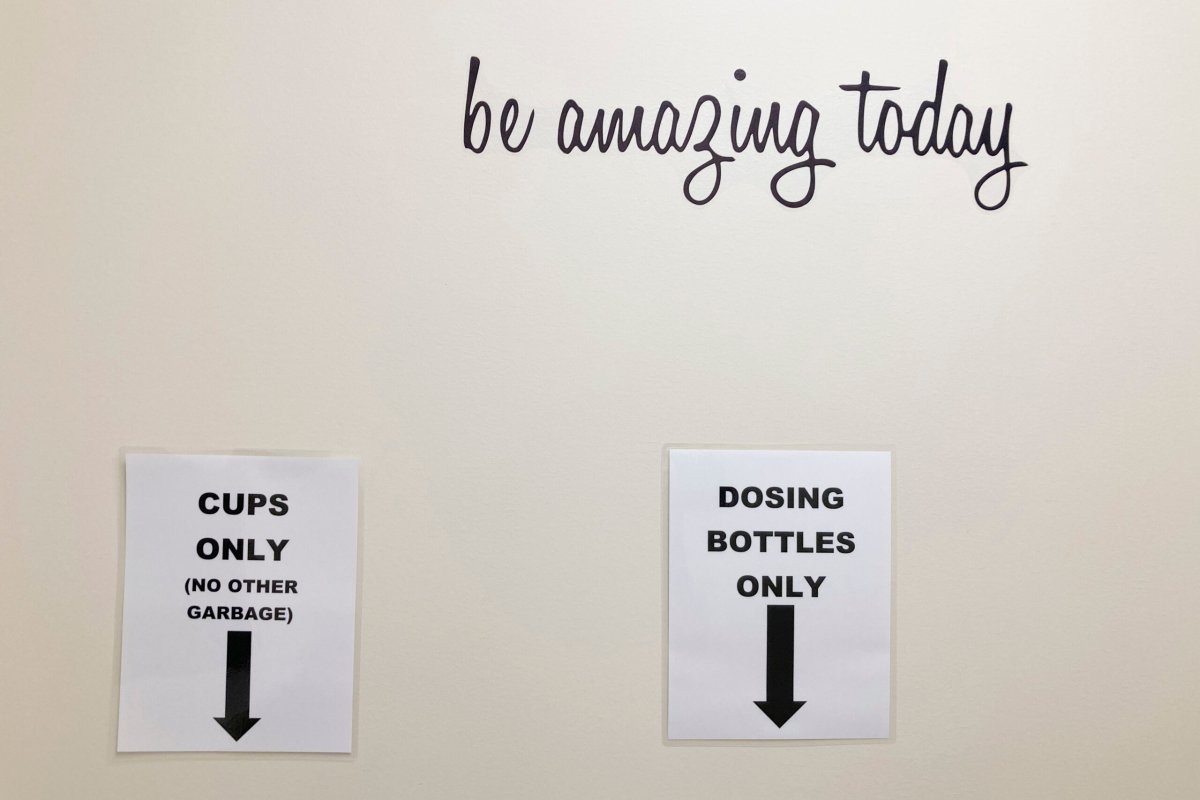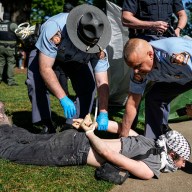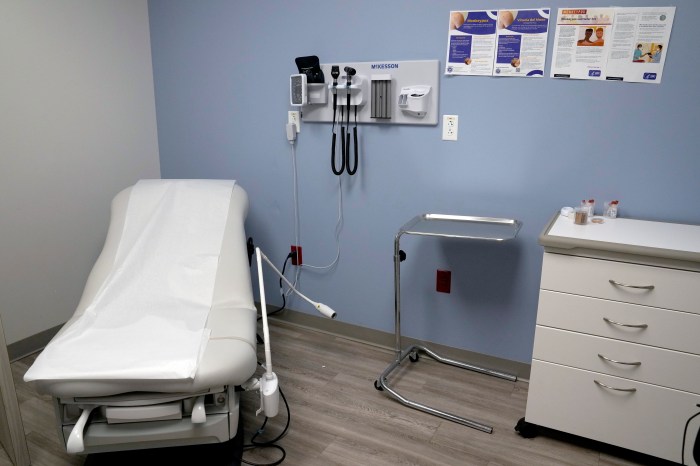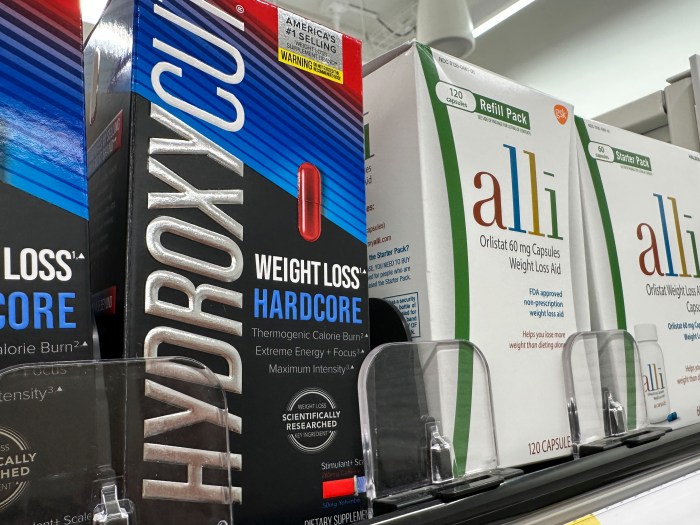Funding for drug treatment centers in Oregon, financed by the state’s pioneering drug decriminalization policy, stood at over a quarter-billion dollars Friday as officials called for closer monitoring of where the money goes.
That need for oversight was demonstrated Wednesday when state officials terminated a $1.5 million grant agreement with a drug recovery nonprofit in Klamath Falls accused of failing to submit completed expenditure and data reports and buying a building for more than double the authorized amount.
That $1.5 million is just a drop in a huge bucket — $264.6 million has been allocated to date for recovery centers — and state officials have a massive responsibility to ensure the money does what it is supposed to: combatting drug use in a state with one of the nation’s highest addiction rates.
Oregon’s drug decriminalization had a rocky start after voters approved it in a 2020 ballot measure. Only a tiny number of people have accessed treatment services after being ticketed for possessing drugs, and funding to treatment providers was delayed.
But as of Friday, $184 million has been handed out to these behavioral health resource networks, or BHRNs, in a state of 4.2 million people.
To ensure things run smoothly, the Measure 110 Oversight and Accountability Council, responsible for overseeing addiction and recovery centers and the funds to support them, needs more staff, officials say. And the Oregon Health Authority needs more leverage to address bureaucratic and administrative barriers to oversight.
But a bill to provide all that remains stuck in the Senate, along with more than 100 other bills, because of a walkout by Republican senators that began on May 3 seeking to block Democratic initiatives on abortion rights, transgender care and gun safety.
“This proposed legislation is grounded in the fundamental principles vital to the success of Measure 110,” Monta Knudson, CEO of Bridges to Change, an addiction recovery organization based in Portland, told lawmakers.
The GOP stayaway casts doubt on the bill being passed, even though it had strong bipartisan support as it cleared the House.
Oregon’s 2020 ballot measure marked the first time a U.S. state decriminalized hard drugs. It reframed the “war on drugs” to treatment instead of incarceration. Anyone caught with user amounts can call a hotline for help or face a maximum $100 fine. Tax revenues from Oregon’s legal marijuana industry finance the treatment as well as harm reduction through needle exchanges and overdose medications.
But with so much money involved, opportunities for abuse are ripe.
The Measure 110 Oversight and Accountability Council voted Wednesday to terminate its $1.55 million grant agreement with a provider in Klamath Falls after it allegedly failed to submit completed expenditure and data reports.
“I don’t really have any confidence in this grantee to move forward with funds because we are already catching a lot of flak about Measure 110,” council member Hubert Mathews, Jr. said at the meeting “And I think we need to have grantees that can follow the procedures to be able to do this work.”
Mathews and another council member, though, expressed surprised that no state officials visited Red is the Road to Wellness in person, or other BHRNs (pronounced “burns”).
“That’s kind of incredible,” Mathews said. “I think we should be able to visit some of these BHRNs to see what they’re doing physically. That would probably help. I don’t know how that would happen. I think we need to have a process.”
Red is the Road to Wellness has already been provided with more than $1 million of its allocation, the health authority said. The health authority can recover those funds if it determines any was spent outside the scope of the grant, said health authority spokesman Tim Heider.
The grant included $290,500 to purchase a building, but instead Red is the Road to Wellness bought a property for $750,000 and failed to secure a state interest in the property as required by the health authority, Heider said.
William Barnes, the Klamath Falls outfit’s executive director, said in a phone interview Thursday that meeting the health authority’s reporting requirements is a challenge.
“The Measure 110 process has been a learning experience for everybody involved, including our organization,” Barnes said. He said he had invited health authority staffers to visit his facility, but they never took him up on it.
Barnes said he spent $561,000 in grant funding for the purchase of the building, and improvements, with the remainder coming from outside sources. In a statement Friday, Barnes said the building will have eight apartments of recovery housing, a recovery drop-in center, employment office and a bakery offering on-the-job training.
Barnes said he’ll appeal the termination while still continuing to serve marginalized communities of color.
This version fixes a typographical error to correct Oregon’s population to 4.2 million.



















